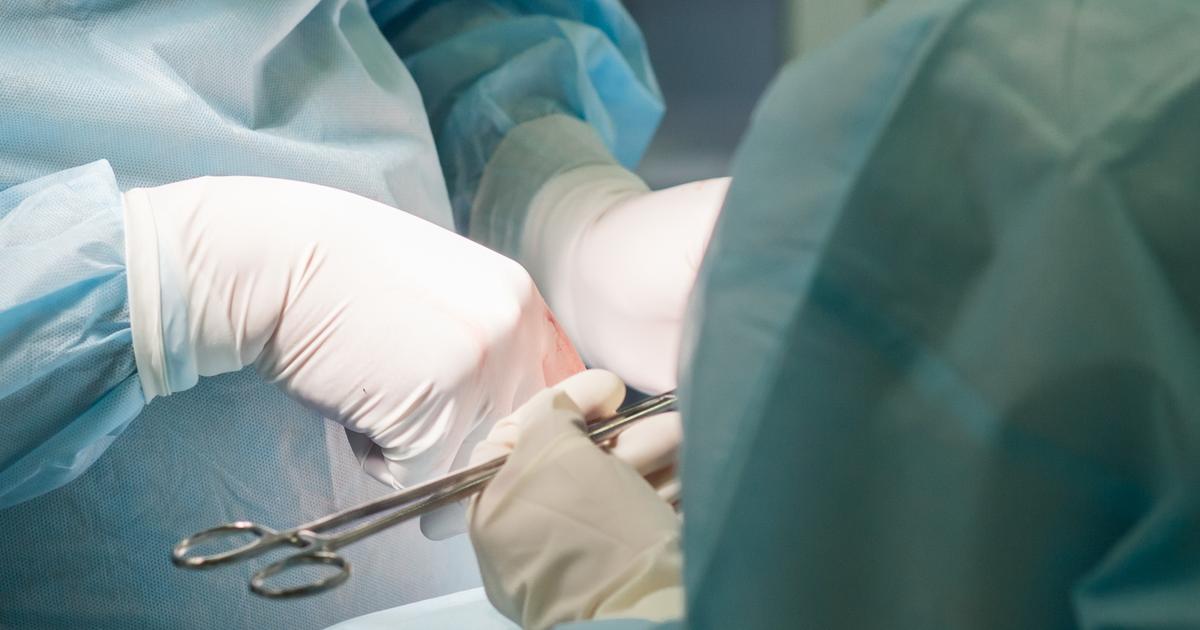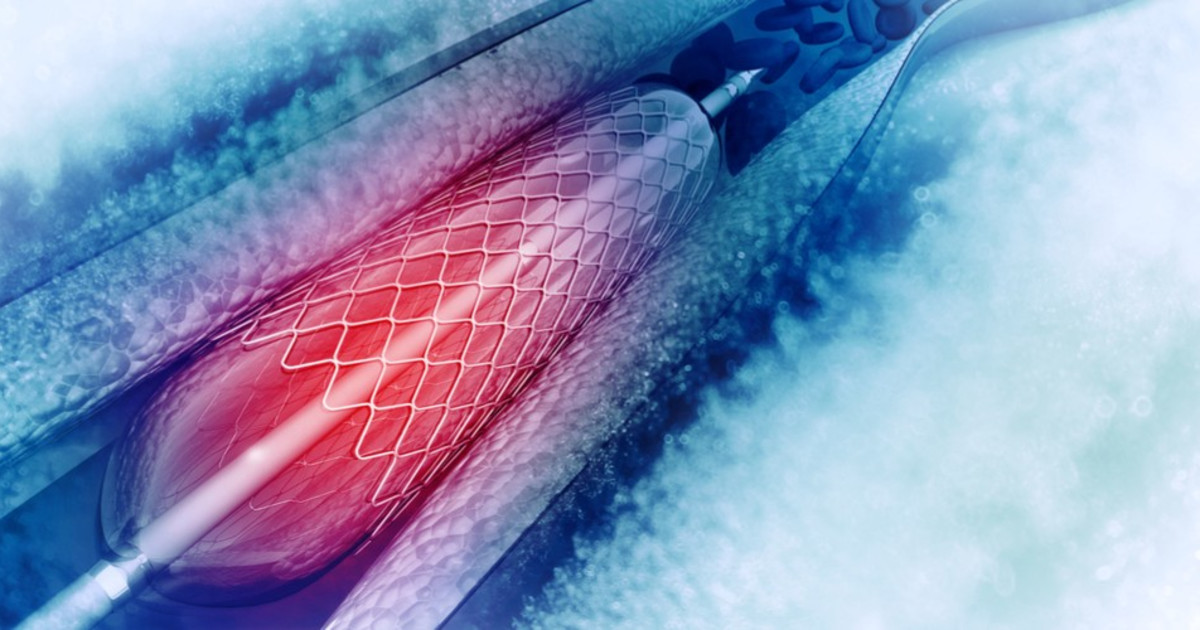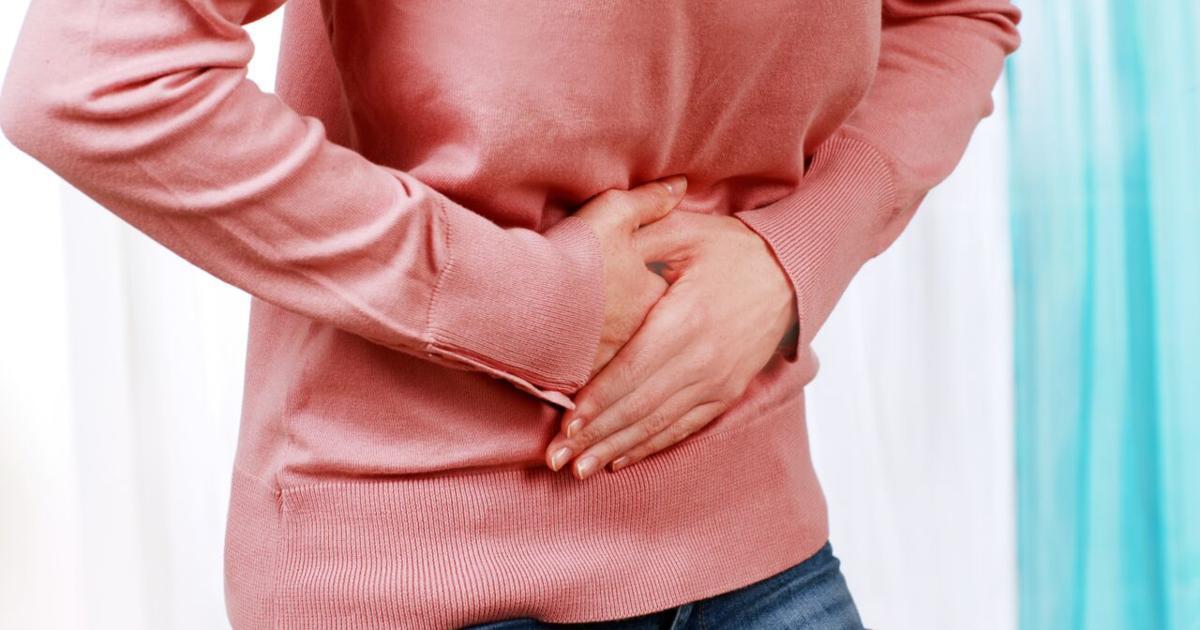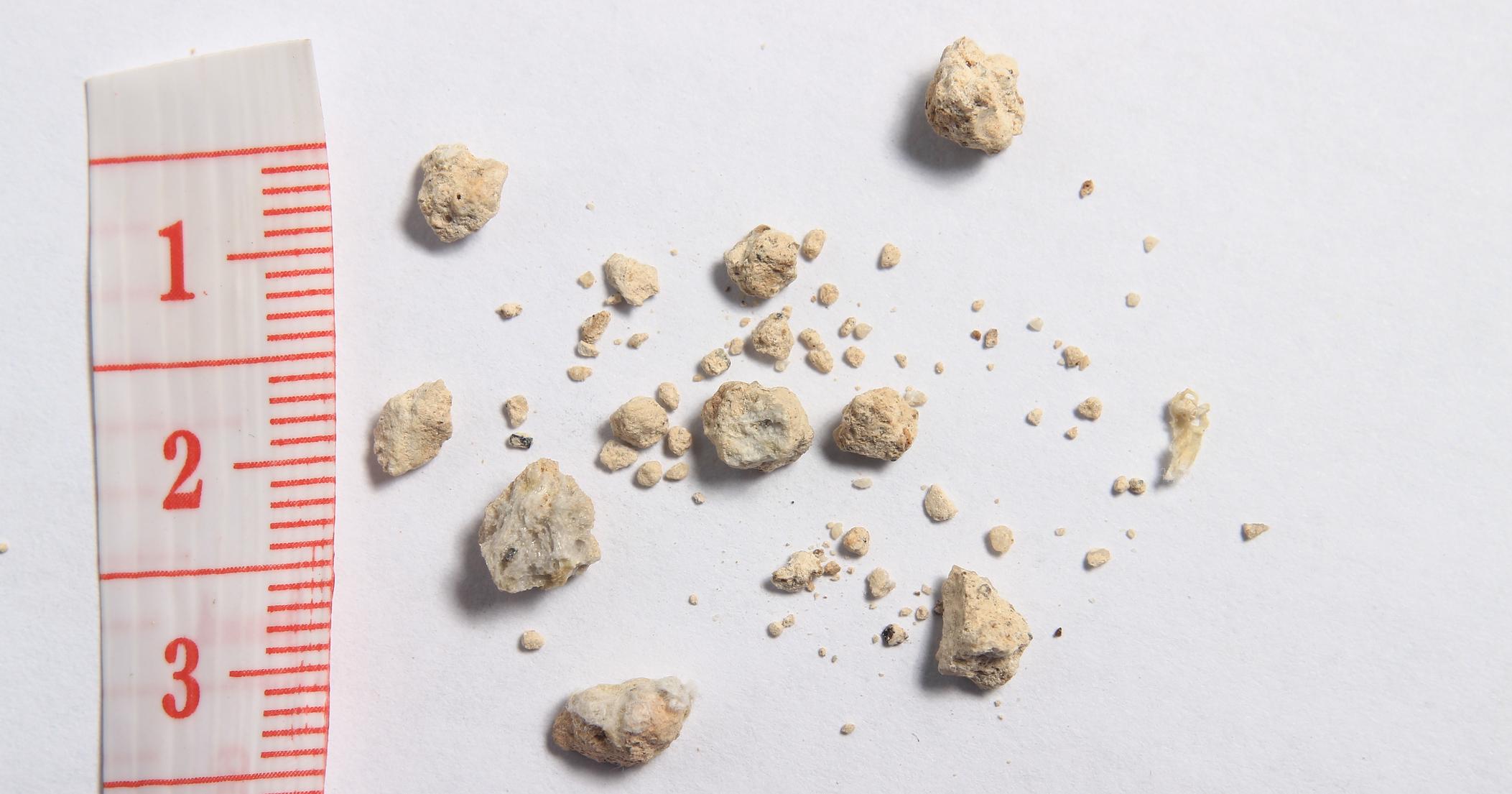How Choledocholithiasis Is Treated
The gallbladder is a hollow, sac-like organ that sits just beneath the liver. Its primary function is to store and release bile produced by the liver. When food enters the small intestines, the gallbladder squirts bile through a series of tubes known as ducts into the small intestines, where it helps the digestion of fats. Sometimes, the gallbladder can form gallstones, which refer to solid deposits of cholesterol and other substances in bile. These solid deposits may develop when there is an imbalance in the chemicals that make bile. The gallstones can get stuck inside the gallbladder or in one of the ducts leading to the bowel. Choledocholithiasis is a condition that occurs when the solid deposits block the common bile duct, thus preventing the free flow of bile into the intestines. Instead, the bile backs in the liver and gallbladder. If the obstruction persists, the gallbladder can become inflamed, and the affected individual develops cholecystitis, an acute inflammation of the gallbladder. Get to know the necessary treatments for choledocholithiasis now.
Cholecystectomy

Once gallstones begin forming in a patient's gallbladder and inside the ducts, they usually don’t go away on their own. The only way to stop gallstones from reoccurring is by performing a cholecystectomy, a surgical procedure that leads to the removal of the gallbladder. This is a standard procedure recommended for individuals whose gallstones are symptomatic, and it is considered a minimally invasive procedure with a small risk of complications. The gallbladder can either be removed by conducting an open surgery or through laparoscopic techniques.
In open surgery, the surgeon will make a five- to seven-inch cut on the patient's abdomen to remove the gallbladder. Open surgery is rarely used for the removal of gallbladder unless the patient is extremely overweight, in their last trimester of pregnancy, or if they have a bleeding disorder. During the laparoscopic procedure, the surgeon makes four small incisions on the abdomen where they insert a tiny camera (a laparoscope) and specialized tools to take out the gallbladder. The main benefit of the laparoscopic procedure is the patient does not experience pain during surgery and they can resume their duties immediately.
Keep reading to learn more about how to treat choledocholithiasis now.
Biliary Stenting

A biliary stent refers to a specially designed flexible tube used to keep an entirely blocked or partially blocked duct open. When gallstones block one of the ducts, it prevents the free flow of bile juices into the small intestines to aid in digestion. This may cause backing up of the bile in the liver, which in turn leads to symptoms such as nausea, abdominal pain, and jaundice.
The blockage in the ducts can be corrected by inserting a biliary stent. Once it is in place, the biliary stent helps expand and open the duct so the fluids can move freely to the intestines. During the biliary stenting procedure, the physician will insert an endoscope with a guidewire through the mouth into the esophagus. The guidewire carries the stent used to open the blocked duct.
Learn more ways to treat choledocholithiasis now.
Stone Extraction

Removal of the gallbladder is only employed where other techniques have failed. As highlighted earlier, gallstones are incredibly stubborn, and they will rarely go away on their own. In cases where they cause severe symptoms, a surgeon can employ stone extraction techniques to remove them.
Endoscopic retrograde cholangiopancreatography (ERCP) is one of the standard procedures surgeons use to remove gallstones that have blocked ducts. During the procedure, an endoscope is inserted into your gastrointestinal tract through the mouth. Once it reaches the duodenum, the surgeon identifies the affected bile duct, and an instrument on the endoscope makes a small incision on the duct to remove the gallstone.
It’s worth it to note gallstones can still form even after the gallbladder has been removed. These stones may form in a few weeks, months, or even years after cholecystectomy. However, the two-step ERCP procedure has proved successful in removing gallstones that keep reoccurring.
Continue to discover additional choledocholithiasis treatments now.
Sphincterotomy

The contents of the liver, gallbladder, and the pancreas drain into the small intestines through ducts. The ducts that originate from the gallbladder and the liver are known as biliary ducts, while the duct originating from the pancreas is known as pancreatic duct. The pancreatic and bile duct join together to form the common duct just before they drain into the bowel.
The opening where the two ducts join is known as the papilla, which is surrounded by a circular muscle known as the sphincter of Oddi. A sphincterotomy is the cutting of the sphincter of Oddi to allow various treatments in the ducts. This procedure is usually painless since this region has no nerve endings. Once the muscle has been cut, the surgeon can perform other procedures such as stone removal, stent placement, balloon dilation, and tissue sampling.
Get the details on another method of treating choledocholithiasis now.
Lithotripsy

Lithotripsy is a fairly old procedure that has been around since the early 1980s. Soon after its invention, it quickly replaced surgery as an alternative medical procedure for treating gallstones, kidney stones, and solid substances in other body organs. If the solid substances do not pass out through the ducts, they can end up damaging the kidneys and liver.
Laser and extracorporeal shock wave lithotripsy are the two main techniques used to eliminate stubborn stones in the kidneys and gallbladder. The two procedures utilize sound waves to break up large stones in the body after which they are passed out through urine or stool. Extracorporeal shock wave lithotripsy is considered a non-invasive procedure, which is generally safer and easier to perform compared to the invasive procedures. It takes less than an hour to crash the stones in the body using this procedure effectively. The treatment option a doctor recommends for treating gallstones will depend on various factors such as the type of stones and the patient's overall health.